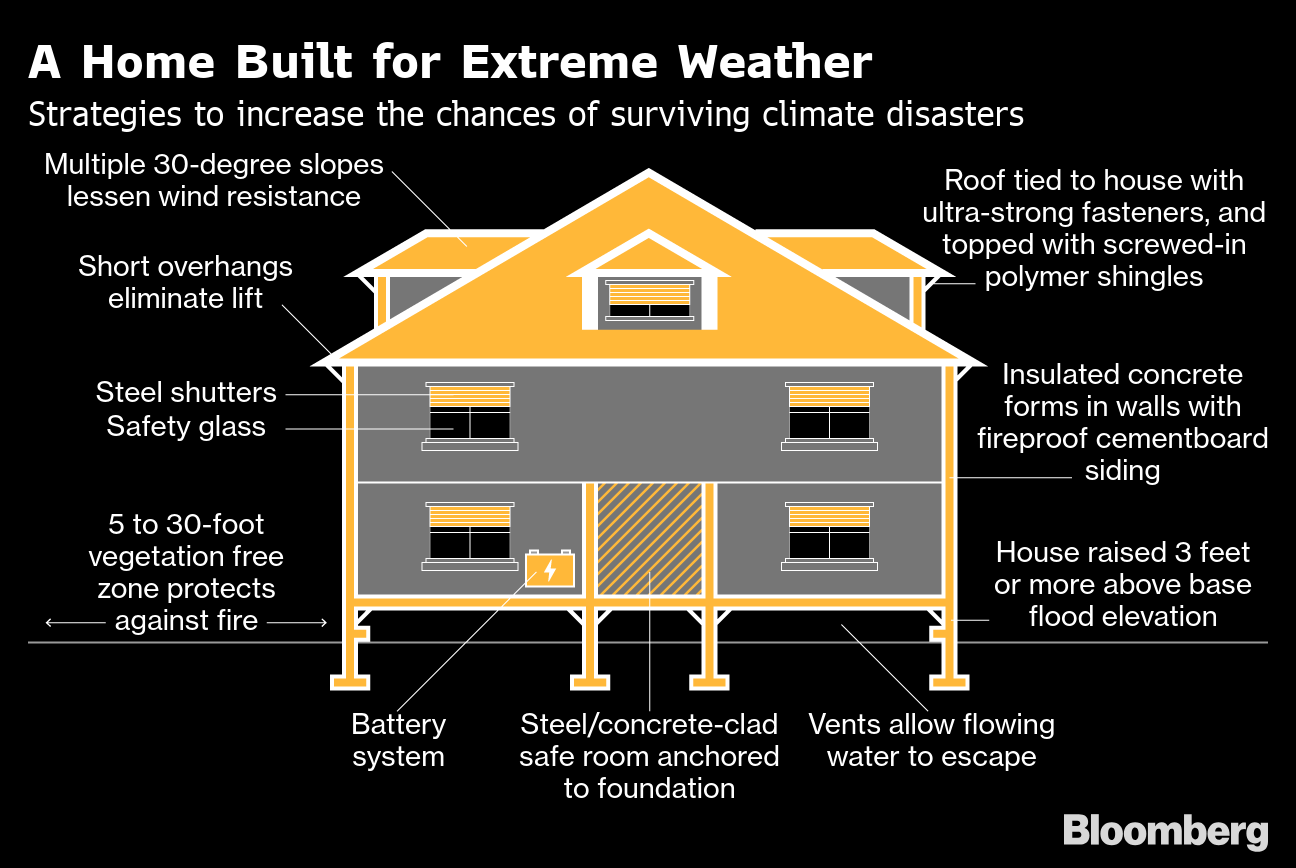A recent report by the International Atomic Energy Agency (IAEA) paints a concerning picture: the next generation of nuclear power plants could be under increased threat from extreme weather events fueled by climate change. The report, titled "Climate Change and Nuclear Power 2022," highlights the need for stricter safety protocols and a reevaluation of potential plant locations in light of these emerging risks.
The report acknowledges the nuclear industry's historical preparedness for environmental challenges. However, it emphasizes that future climate scenarios pose unique dangers. More frequent and severe heatwaves, rising sea levels, and unpredictable precipitation patterns could all disrupt nuclear plant operations and potentially compromise safety measures.
The report underscores the importance of incorporating the latest climate science into the planning stages of new nuclear facilities. This includes a focus on localized climate risks, ensuring plant designs can withstand the specific threats posed by a particular region. For instance, facilities in coastal areas may require additional reinforcements to safeguard against storm surges or rising sea levels.
The IAEA emphasizes the value of robust risk assessments that consider the potential for cascading events. These complex scenarios involve multiple climate hazards occurring simultaneously, potentially causing greater damage than the sum of their parts. For example, a powerful hurricane could trigger flooding that disrupts cooling systems, followed by a heatwave that further strains these already compromised mechanisms.
The report acknowledges the continued role nuclear power can play in a clean energy future. However, it stresses that ensuring the safety and security of these facilities requires adapting to the evolving threats posed by climate change. This includes ongoing research into advanced reactor designs with inherent safety features and a renewed focus on water security, as many nuclear plants rely on vast quantities of water for cooling purposes.
The findings come at a time when several countries are looking towards nuclear energy to reduce their carbon footprints. By proactively addressing climate risks, the nuclear industry can ensure these facilities remain a viable and safe option in the fight against climate change.

